Perfecting Cold Outreach: Elevate Your Success Rate
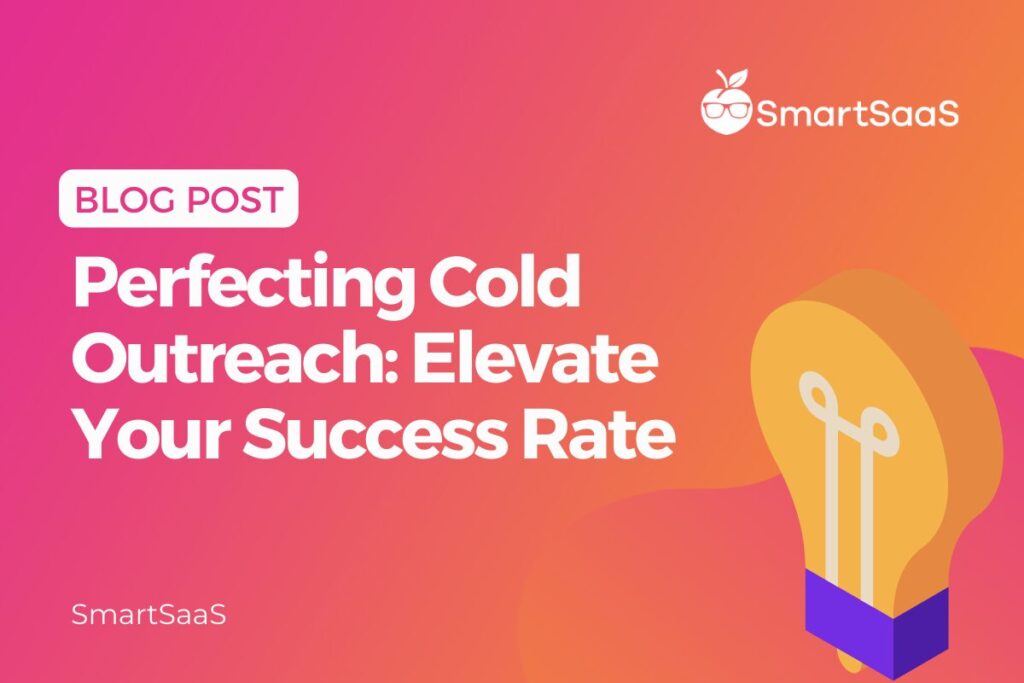
Email sequences empower you to sendautomated emails to a well-defined audience over a designated period. This process gently ushers them along the buyer’s journey, ultimately guiding them towards conversion into a satisfied customer.
This blog post explains on the role of email sequences within your sales funnel. We’ll walk you through the process of constructing a workflow for disseminating these emails and, crucially, how to evaluate the outcomes.
Why Email Sequences Are Indispensable to Your Sales Funnel
Email sequences are essential to your sales funnel as they can help you consistently and strategically connect with potential customers. Aside from that, this method has other benefits, including the following:
- Email sequences allow you to convey essential information about your products, like new products, along with their features. It aids potential leads in making well-informed decisions regarding their engagement with your offerings.
- When you send a series of emails one after another, it helps you form a connection with possible customers bit by bit. Eventually, it makes them feel more comfortable and sure about you. For instance, imagine you’re trying to sell security software, and by sending emails over a few weeks, you can discuss how you approach critical security issues like PPI and passwords. This way, people get to know you better and trust you more.
- Automated emails act like a clockwork helper, sending out messages precisely when they’re most effective. This makes your communication strategy work even better. For example, if you own or working on a brand and you’re launching a new feature, you can set up automated emails to reach your users right after they’ve had a chance to use your product. This helps you provide timely information without needing to send each email individually.
Steps For Creating a Successful Email Campaign
1. Setting Clear Goals and Objectives
Any email sequence strategy has its goals and objectives like increasing brand awareness, driving website traffic, generating leads, nurturing prospects, or promoting specific products or services. Defining these will help you establish your campaign’s direction and provide a benchmark for measuring its success. When identifying your goals and objectives, consider these questions:
- Are you aiming to nurture leads, onboard new customers, promote a new product, re-engage inactive subscribers, or achieve another specific goal?
- Are you looking for higher open rates, click-through rates, conversion rates, or a combination of these metrics?
- Have you defined your audience segments based on demographics, behaviors, or other relevant criteria? How will your campaign address their needs?
- What information or value are you providing to your recipients? How does this align with your overall campaign goal?
- Are you seeking sign-ups, purchases, social media engagement, or other forms of interaction? How will you guide recipients toward this action?
- When do you plan to start and end the campaign? Are there specific dates or events that coincide with the campaign’s timing?
- How does this email sequence campaign align with your broader sales and business goals? Will it integrate with other campaigns or initiatives?
2. Identifying the Target Audience
For your email sequence campaign to succeed, it is essential to comprehend your target audience. Segmentation involves categorizing your audience based on various criteria, such as demographics, behaviors, interests, and purchase history. By segmenting your audience, you may provide more relevant and tailored content that meets each group’s particular needs and preferences. This leads to improved engagement and better campaign outcomes.
3. Crafting Personalized and Engaging Content
- Create email content that addresses the receiver’s interests, pain points, and goals.
- Use dynamic content elements such as their name, location, or even past interactions with your brand.
- Engaging content could include compelling subject lines, concise yet informative body text, visually appealing images, and relevant calls-to-action (CTAs).
The content should guide the recipient through a journey that aligns with your campaign’s goals.
4. Choosing the Right Email Cadence and Timing
Your email’s effectiveness can be affected by the time and frequency of your emails. Develop a well-defined email cadence that outlines when and how often you’ll send emails.
However, remember that overwhelming your recipients with too many emails can lead to unsubscribers while sending too few might make them forget about your brand. Consider the interests of your audience when deciding on the email cadence.
Furthermore, you need to optimize the timing of your emails for maximum impact. Factors such as time zones, work hours, and peak engagement times should be considered to ensure your emails are opened and read.
Measuring and Analyzing Email Sequence Campaign Success
Continuously assessing the performance of your email sequence campaigns, and making data-driven adjustments can enhance the campaigns’ effectiveness in achieving your goals and objectives. Below are the things you need to do and consider in measuring and analyzing your email sequence campaigns:
Tracking Key Performance Indicators (KPIs)
Key performance indicators are essential to gauge the effectiveness of your email sequence campaign. These are quantifiable metrics that reflect various aspects of your campaign’s performance. Depending on your campaign’s goals, you might track KPIs such as:
- Open Rate: It is the percentage of recipients who open your emails. It indicates the initial engagement and interest in your content.
- Click-Through Rate (CTR): Percentage of recipients clicking links within your emails. It shows the effectiveness of your content in driving further interaction.
- Conversion Rate: Percentage of recipients successfully carrying out a desired action, such as purchasing, registering, or downloading a resource. This is a direct measure of your campaign’s impact on achieving your objectives.
- Unsubscribe Rate: The percentage of recipients who choose to unsubscribe from your emails. You can use this indicator to determine whether your content meets their expectations.
Analyzing Key Performance Indicators (KPIs)
Metrics must undergo data analysis to provide insights into the performance of your email sequence campaign. In this way, you can make adjustments to achieve the outcome you want to happen.
In open rates, a high rate suggests that your subject lines are enticing and recipients are interested in your content. A low open rate might indicate that your subject lines need improvement or that your emails are going to spam folders. You must conform to the email regulations to prevent this from happening.
A high CTR indicates that your email content and CTAs effectively prompt recipients to take action in click-through rates. At the same time, low CTR might mean your content needs to be more compelling, or your CTAs need optimization.
In conversions, if your conversion rates are low, you should refine your content, targeting, or call-to-action strategies.
A/B Testing for Optimization and Improvements
Split testing, or A/B testing, entails sending several versions of your emails to various audience segments to see which performs better. Using this method, you can optimize your campaign by making data-driven decisions. Here are the things you must include in A/B testing:
- Test different subject lines to see which ones result in higher open rates.
- Experiment with different content formats, lengths, and messaging to identify what resonates best with your audience.
- Test your call-to-action buttons, text, and placement variations to improve click-through and conversion rates.
- Try sending emails at different times or days of the week to determine when your audience is most receptive.
A/B testing helps you refine your email sequence campaign over time, making incremental improvements based on accurate data. It’s important to change only one variable at a time during these tests to accurately attribute any improvements to that change.
To Wrap Things Up
Continuous development in your sales funnel with an email sequence campaign is crucial to stay relevant, outpacing your competitors, and maximizing your campaign’s effectiveness. By optimizing conversion rates, adapting to technological changes, and capitalizing on data-driven insights, you ensure your campaign remains engaging and aligned with industry best practices. Regular improvements also enable you to test new strategies, address feedback, and accommodate scaling, all while nurturing valuable lead relationships.
Related Content in Our Marketplace
-
Mastering Startup Revenue Growth: Sales and Marketing Bootcamp
-
Email Deliverability Cheat Sheet
-
Email Quality Assurance Guide with Checklist
-
Cold Emailing Follow-Up Guide & Calendar

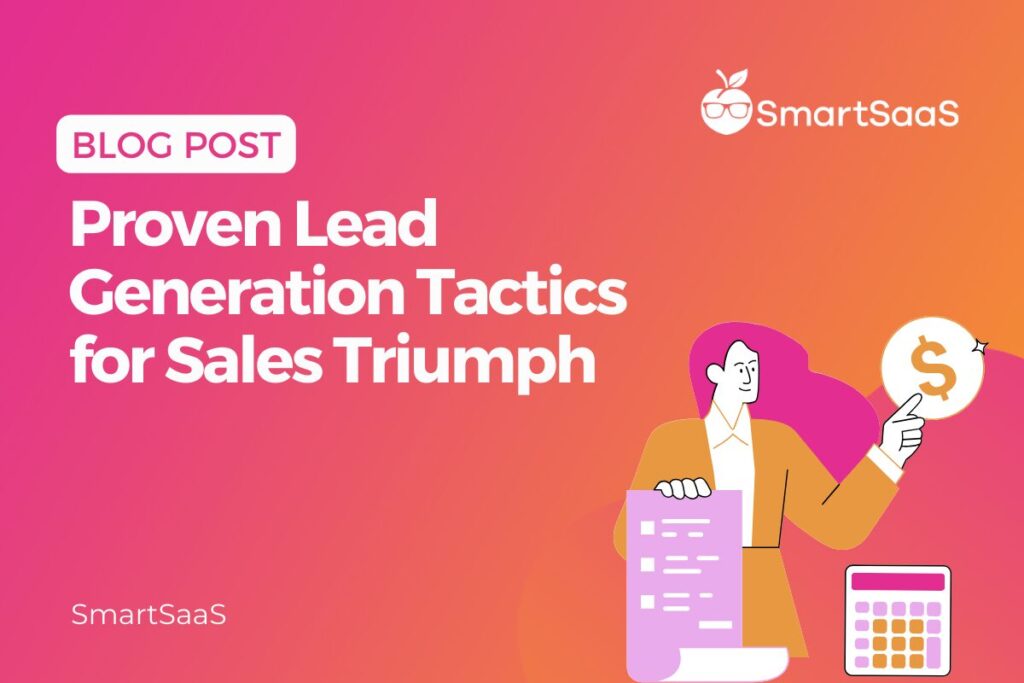
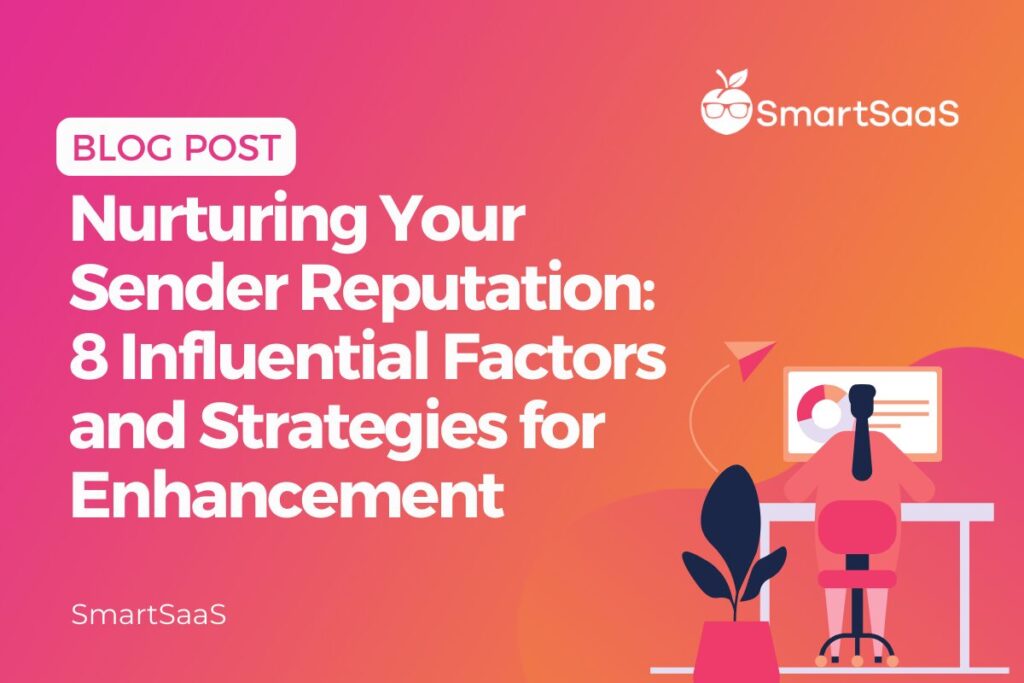
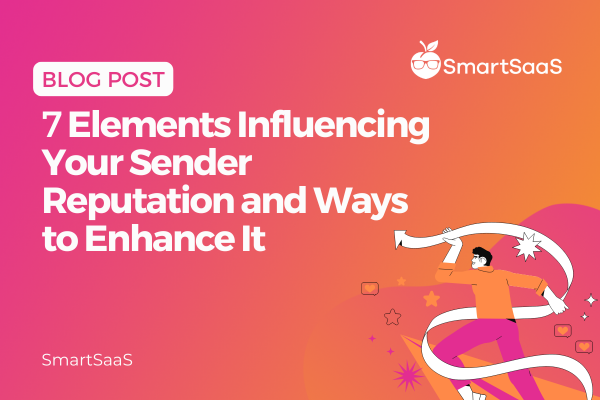

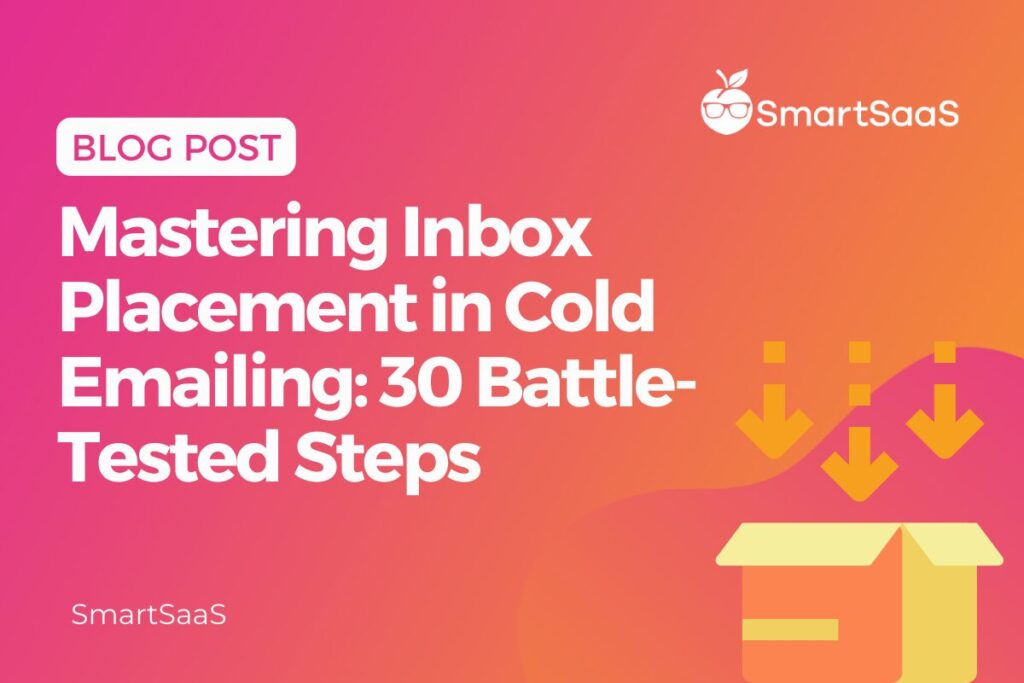
Responses